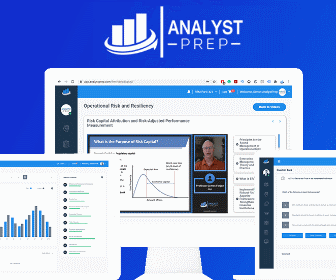Disclaimer: This post may contain affiliate links, which means I may receive a small commission, at no cost to you if you make a purchase through an affiliate link. Thank you.
A bank statement can be defined as a document, which summarizes accounts transactions from the period of statement, including withdrawals, transfers, and deposits. Bank statement include valuable account information, such as bank contact information, opening and closing balances, and also if the statement is showing a debit or credit balance. They are a great tool to analyze your spending and expenses, and also to recognize unnecessary expenses and cut them, which will lead to increase in savings.
What does a bank statement look like?
Bank statement include valuable information for account holders, about how they spend their money, what are their sources of incomes, and also their expenses. It shows in crystal clear details, from where the money is received in the bank account and where the money is being spent. Bank statement varies from different financial institutions and banks, but basically you will see the following information-
1. Your personal information like your name, registered phone number with the bank or financial institution, address, bank account number, opening and closing balances.
2. The bank's or financial institution's information which includes, the branch's name and address, contact information, and some other details.
3. Details of balances, showing deposits and withdrawals.
4. Transaction details, showing the sources of deposits and payment done.
5. Bank charges.
6. Interest received.
How to read a bank statement?
Bank statement contains great deal of valuable information that can be confusing at times, but that is not that complicated. If we analyze the statement closely and compare it to our cashbook, if we maintain, we will get a clear idea about the debits and credits in the statement during a period of time. Information may vary from bank to bank, but most statements include the following information:
1 Personal information- This information include your bank account number, your name, registered phone number, address, and other details.
2. Bank information- It includes the branch name of the bank, address, and contact information, including phone numbers and e-mail ids.
3. Fees charged- If you are taking any extra banking services to pay for your insurance or other facilities than the bank charges fees, and i will be mentioned in the statement.
4. Transactions information- This information includes withdrawals, ATM withdrawals, check deposits, direct deposits, bank transfers, and debit card payments.
5. Interest earned- Almost all savings and other accounts pay interests on your deposits monthly or over a period of time, and this information will be mentioned in the account statement.
Information about different types of transactions are included in the bank statements, such as:
1. Direct deposits.
2. Check deposits.
3. ATM withdrawals.
4. Electronic transfers.
5. Cancelled Checks.
6. Online bill payments.
7. Payments and purchases by debit card.
8. Interest received.
9. Bank charges.
Information about each transaction will be shown on the bank statement with the date of the transaction and a narration, providing information about the nature of transaction.
Check out the awesome accounting and payroll software for small businesses.
Online payroll services.







.jpg)






0 Comments